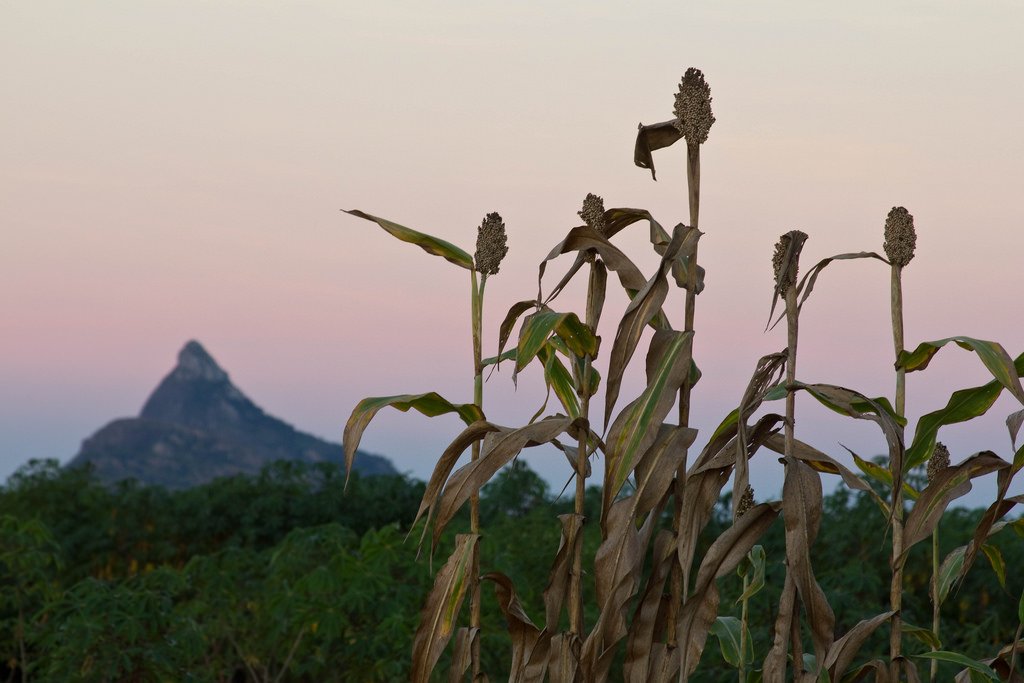
Sorghum is a gluten-free ingredient with high fiber and healthy nutrients. The world’s fifth most popular cereal crop was traditionally considered animal feed in the United States. But this cereal crop also is now finally getting plenty of recognition for its culinary attributes.
Just consider what Frances Largeman-Roth, RDN wrote recently for the Today Show:
One minute a grain is best known as animal feed, and the next thing you know it’s popping up on trendy restaurant menus. That’s the starry path of sorghum — a tiny, beige, gluten-free whole grain that may be the new quinoa.
As AgWeb pointed out, sorghum is a new cash crop for U.S. farmers, especially with a Chinese-driven market. In China, the U.S. grown sorghum is being used for animal feed, but also for a popular type of liquor. Chip Flory, with Pro Farmer and Host of Market Rally, is quoted in the article as saying:
It’s all about exports to China. This might sound a little weird, but the Chinese make a liquor, a very popular liquor, out of sorghum…
We’ve reported in the past that sorghum has many culinary attributes, besides serving as a quinoa replacement or a tasty drink. You can pop it like popcorn, process it like oatmeal, bake with it and boil it down into delicious syrup, for starters.
Not only that, but sorghum is drought tolerant, hardy and grows on 85 percent of the world’s arable agriculture soil. That’s a real boon for farmers looking for a new crop.
One of the nation’s leading experts on the crop is Jeff Dahlberg, director of University of California’s Kearney Agricultural Research Center in Parlier, CA. Jeff previously served as the USDA Agricultural Research Service (ARS) curator for sorghum and as the research director for the National Sorghum Producers. In other words, he knows his sorghum.
“The plant has inherent drought tolerance and can thrive in growing conditions that would seem too harsh for other crops. With more research and outreach, sorghum could be an extremely valuable crop for helping to feed the world in the future as we deal with limited inputs and water.”
Without a doubt, sorghum belongs on our farm fields and in our kitchens.


